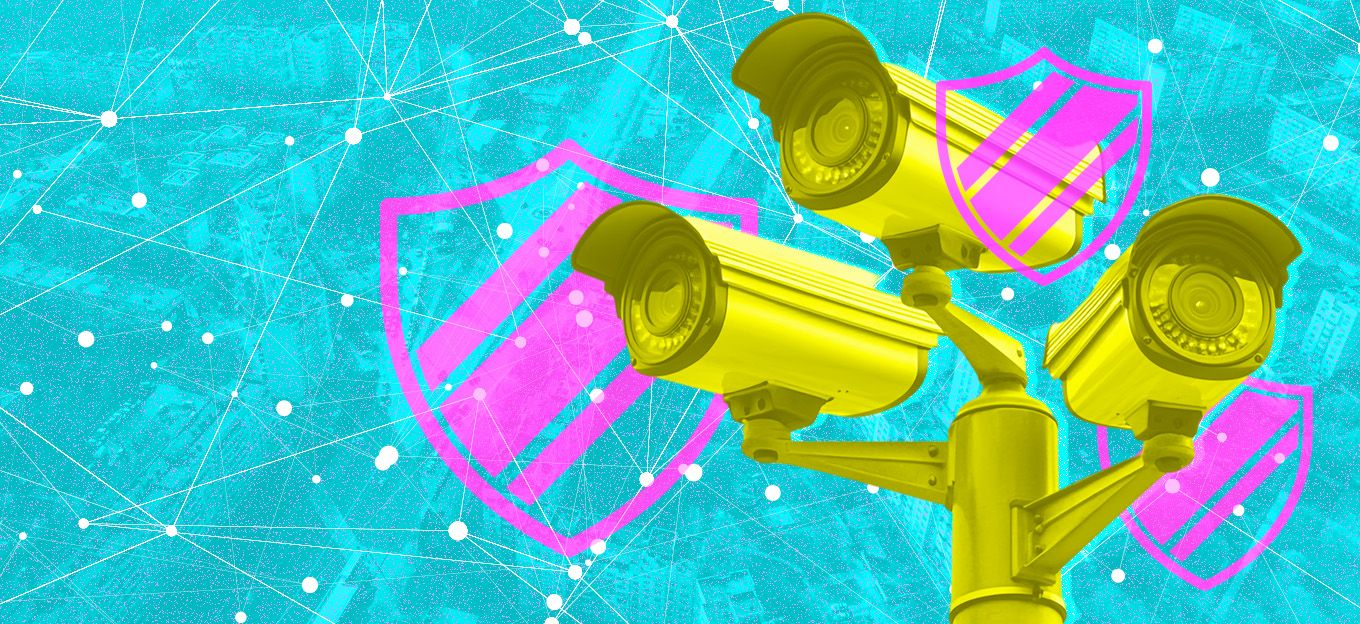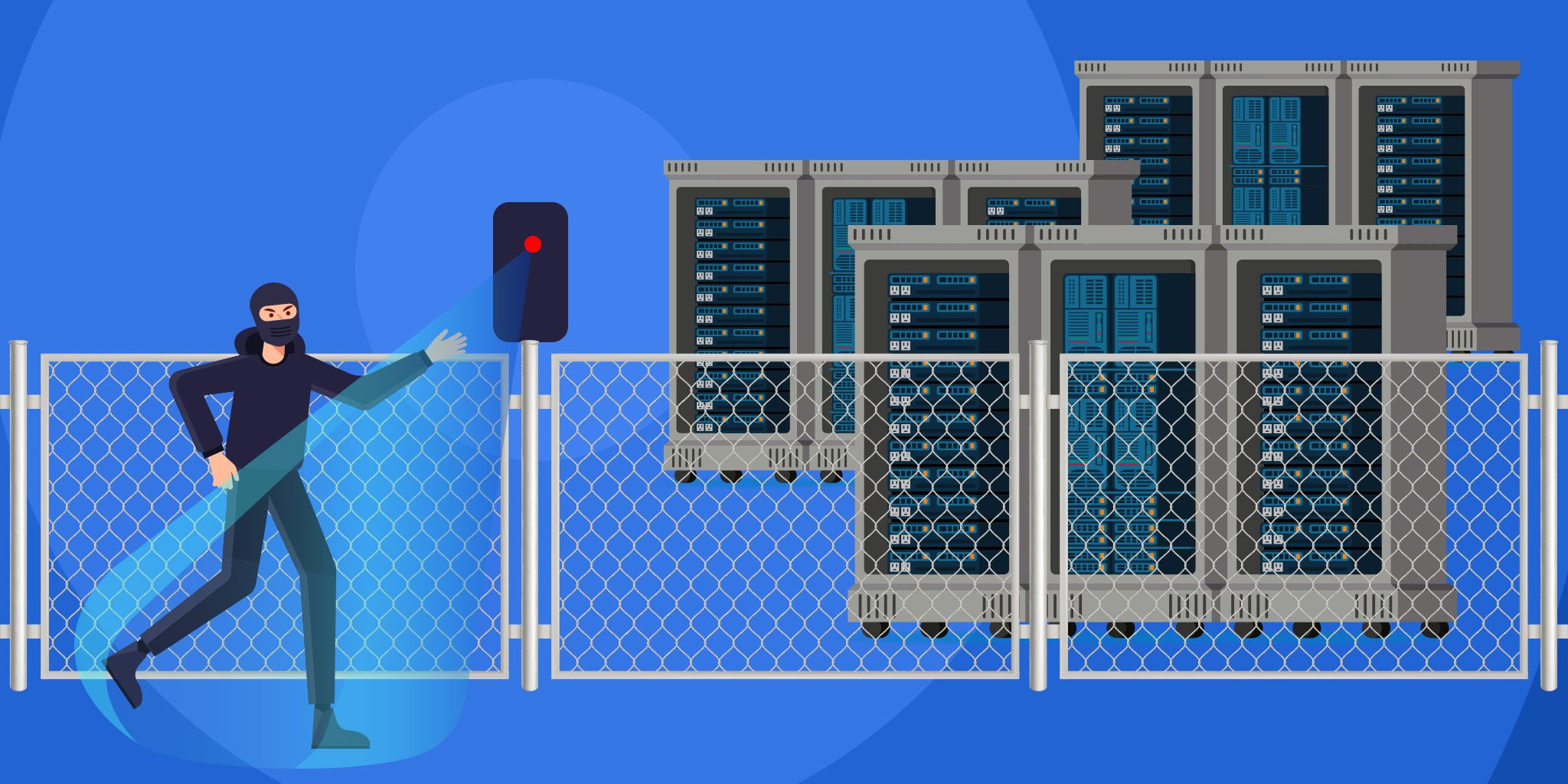How WebRTC Powers The IoT Video Boom
How WebRTC Powers The IoT Video Boom
- Last Updated: December 2, 2024
Nabto
- Last Updated: December 2, 2024



Baby monitors, doorbells, vacuum cleaners, bird feeders, and even ovens have something in common in the age of connected devices – they’re all loaded with cameras. In the post-pandemic world of digital acceleration and remote work, the Internet of Things (IoT) promises video and audio connectivity like never before. As a result, Web real-time communication, or WebRTC, is growing due to its standardized format and delivery of low latency, peer-to-peer data transfers.
A report from earlier this year forecasts that the WebRTC market will grow by $66 billion over the next four years. This growth is thanks to the popularity of video and audio conferencing, the proliferation of WebRTC apps, and the rise of connected devices.
With more devices and more cameras, let’s explore why developers are turning to WebRTC to power the IoT video revolution.
IoT Before WebRTC
Before looking at the future of device connections, it’s worth looking at the past and how we got here. Historically, IoT users were happy enough to exchange text messages between the client and device to accomplish basic tasks, such as remotely starting the air conditioner or locking the door. Back then, the novelty of devices making seemingly impossible actions possible allowed consumers with modest expectations to tolerate subpar user experiences.
Fast forward and apps today are taking user expectations to unprecedented levels. IoT consumers now anticipate that the information on their smartphones instantaneously mirrors the state of the device. This heightened demand for zero latency and immediate responses in IoT is leading more developers to experiment with WebRTC.
What is WebRTC?
So, what is WebRTC? This protocol seamlessly integrates real-time communication capabilities into applications. At its core, WebRTC operates atop an open standard, offering a versatile framework that supports in-browser video, voice, and generic data transmission without the need for additional plugins or applications. This unique feature set enables developers to craft robust voice and video communication solutions within their applications, marking a significant advancement in digital interactions.
One of the key strengths of WebRTC lies in its universality. The technology is browser- and system-agnostic, meaning that it works just as well across Chrome and Firefox as it does Windows and Mac. This is because the open-source project enjoys robust support across industry leaders – Google created it and Apple, Microsoft, Mozilla, and others support it.
That WebRTC is easy to use holds great promise in the context of IoT. From doorbells relaying video feeds to homeowners, and healthcare providers communicating with patients in an end-to-end, regulatory-compliant nature, the sky is the limit. Also, remember that video feeds are increasingly entering this sector. As I wrote recently, cheap image sensors are flooding the device market, requiring companies to safely and quickly relay data. The answer many are turning to is WebRTC.
Security Features and Use Cases
The protocol also incorporates robust security features to ensure safety. For example, it encrypts all communication through Datagram Transport Layer Security (DTLS), acting as a secure route between the sender and receiver. Before initiating the data journey, DTLS verifies the credentials of both parties to confirm their legitimacy. Once identities are confirmed, DTLS establishes a secure, encrypted path for transmission.
Secure Real-time Transport Protocol (SRTP) adds an extra layer of protection to data packages, ensuring the security of video and audio streams. SRTP prevents tampering and detects any alterations during transit.
WebRTC also integrates with Hypertext Transfer Protocol Secure (HTTPS) to encrypt session information and facilitates peer-to-peer (P2P) communication to bypass intermediary servers. This unique approach makes WebRTC a secure and efficient choice for various P2P video streaming applications.
Keep in mind, though, WebRTC is much more than video. The protocol boasts a data channel that can transmit various types of information. Right now, WebRTC is most popular in video surveillance devices, but it’s not hard to see general IoT adopting this technology to achieve peer-to-peer commands, messages, and data transfers. Moreover, developers can customize WebRTC for mobile applications, allowing for the monitoring of feeds on a smartphone.
Across IoT, therefore, this protocol promises to redefine connectivity and communication, ushering in a new era of functionality.
What To Watch In 2024
Looking to the year ahead, users want the lowest possible latency and video devices need a better way to stream large data feeds. WebRTC therefore ticks the security and speed boxes. Further, Google’s standardization makes things easy for developers to test, troubleshoot, and implement.
There is perhaps an argument that WebRTC isn’t ideal for energy-constrained applications, like smaller devices running on batteries since it consumes a considerable amount of power. Despite this limitation, however, WebRTC continues to be a leading choice for internet-based voice and video chat communication. Further ahead, WebRTC’s data versatility and flexibility make it easy to envision an expansion into general IoT later in the decade.
This technology is shaping up as key to powering the video revolution and ensuring peer-to-peer communication across the IoT ecosystem. Watch this space in 2024 and beyond.
The Most Comprehensive IoT Newsletter for Enterprises
Showcasing the highest-quality content, resources, news, and insights from the world of the Internet of Things. Subscribe to remain informed and up-to-date.
New Podcast Episode

IoT and AI in 2026
Related Articles





